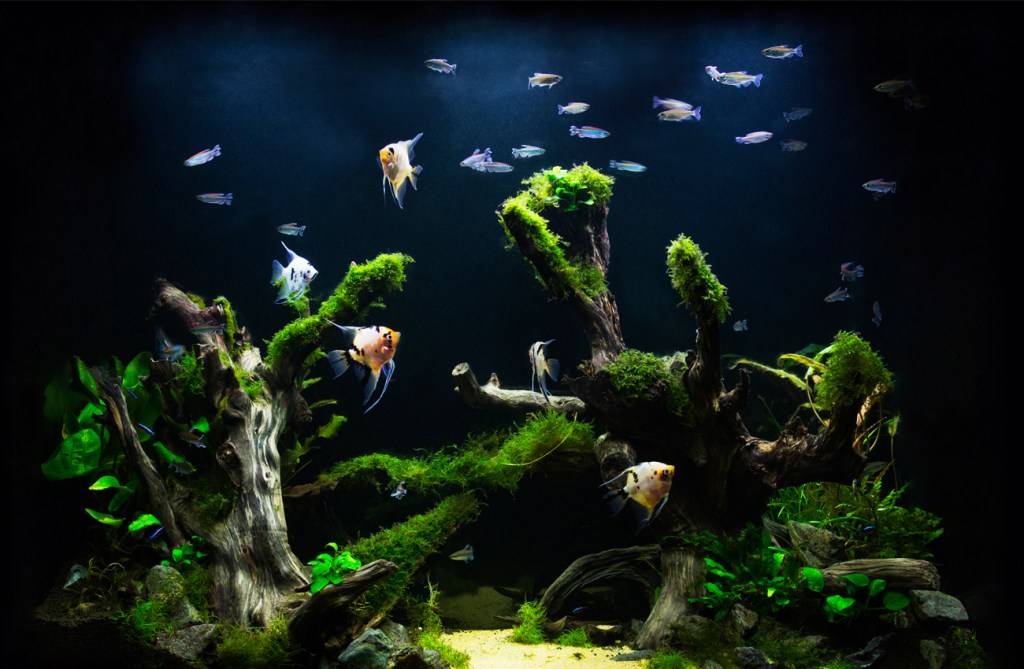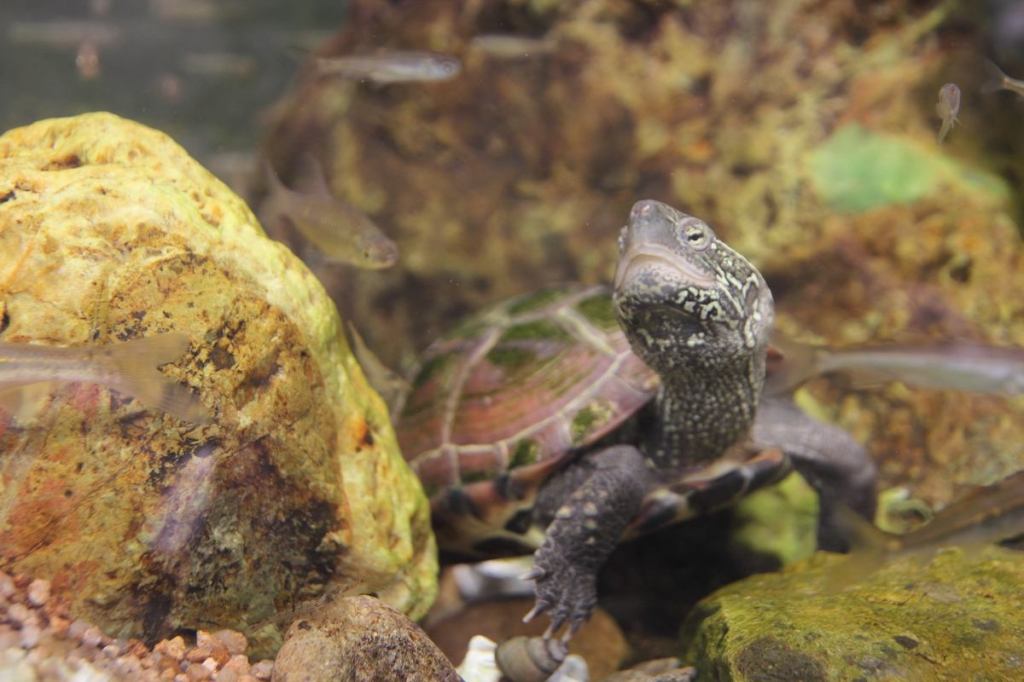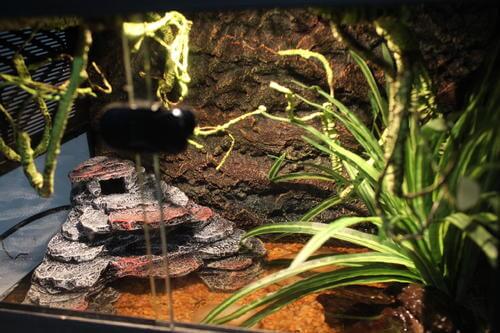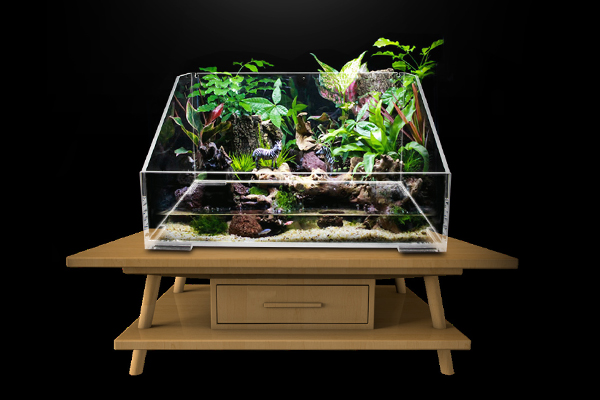More and more people decide to have an aquarium at home. Are you also considering buying one? The next step is to decide whether you want a freshwater aquarium or a saltwater aquarium! This is probably one of the most important decisions you have to make about fish tanks. So which of these two is right for you?
Both types of aquariums have their benefits and challenges, and they can add excitement to your room when properly arranged. However, there are many differences between the two.
When you choose the ecosystem you want, it’s not all about how to decorate them to make them more beautiful. Cost and maintenance are also two main factors you need to consider.
The freshwater tropical aquarium is a good idea to start your hobby of fish farming. Rich in colors and natural, they provide an impressive visual effect, while requiring a lower requirement to maintain it and lower operating costs.
However, if you want a freshwater aquarium planted in large quantities, for example, additional special lighting, fertilizer, and carbon dioxide will be needed and the cost will increase rapidly.
The creatures in the freshwater aquarium are not always as colorful as those in the saltwater aquarium, but they can definitely exhibit a series of amazing patterns and unique and charming shapes. The combination of rustic colors and the smooth lines of freshwater fish and fauna can look particularly striking in a luxurious interior.
Freshwater creatures tend to be hardier than saltwater aquarium creatures and generally cheaper. If any problems occur during the maintenance of the aquarium environment, freshwater organisms are more tolerant and less vulnerable than saltwater.
Variations and combinations of rocks, trees, plants, and sand can be carved according to your preferences.
You may know that a saltwater aquarium, especially a coral reef aquarium, is a perfect reproduction of the ocean. What follows are vibrant, colorful, delicate creatures, fascinating corals, reef fauna, and living rocks. Saltwater aquariums are especially expensive. Compared with freshwater creatures, their living environment is more unstable.
They usually require additional equipment, extra work during the water change, and special lighting.
In terms of price, maintenance, and applicability, the size and materials are obviously different. If you prefer acrylic to glass, you will have more flexibility to choose the shape of your fish tank. Acrylic water tanks are usually more expensive. You can look for more suppliers for Acrylic tanks for sale.
Whether it is a beautiful tropical aquarium full of color and vitality you are after, or an interesting work of art full of unusual, unique, charming creatures and various gorgeous freshwater animals, is your more inclined choice. No matter how you choose, you will always have a unique display work that everyone will like.
Both the saltwater and freshwater aquariums create an aquarium that makes a charming focus in any room.
Freshwater Aquarium can have tap water system, 2-4 week maintenance, natural aesthetic beauty, durable and colorful fish and durable and colorful fish, while saltwater aquariums have specialist salt and RO water production, 1-2 week maintenance, live coral reef, colorful, exciting fish and corals and impressive visual impact.
For more information, you can check out all categories of aquarium products, supplies, and decorations at Senzeal.com.We are professional uv water purification system, vacation feeder for fish tank, water dish for lizards etc. provider.










